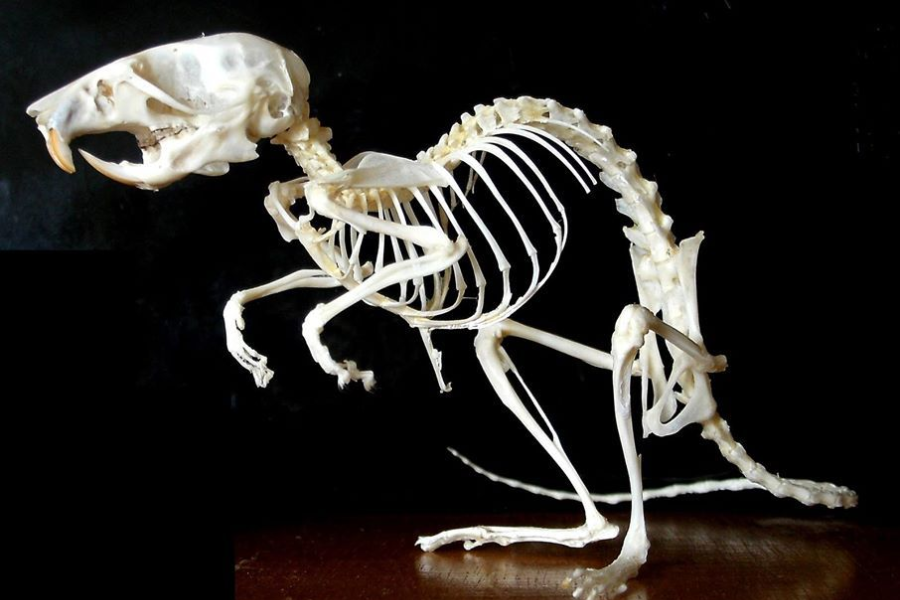Understanding Vertebrates and Invertebrates
The question of whether a mouse has a spine, which delays the biological classification of animals. In zoology, animals are largely classified as vertebrae or posts depending on the presence or absence of a spine, also known as the spine or spine. The vertebrae, which include mammals, birds, reptiles, amphibians and fish, have a spinal cord – a fragmented, bone structure that protects the spinal cord and provides structural help. Acusheruki, such as insects, insects and jellyfish, lack this function. A mouse, scientifically classified as the Muscus musculus in the mammal class, falls under the vertebral category due to its anatomy, including a well -defined spine required for its dynamics and survival.
Anatomy of a Mouse
The anatomy of a mouse reveals a complex skeletal system, with the spine. Depending on the stress, the spine of the mouse is made of around 50-60 vertebrae divided into five regions: the cervix (neck), thorax (chest), wood (lower back), triangular (pelvis) and tail (tail). These vertebrae, made of bones and connected to flexible joints, surround the spinal cord, an important component of the central nervous system. This structure not only supports the little body of the mouse, but also enables its flexible movements, from digging to climbing. The spine is especially clear in the tail, which helps in balance and communication. This vertebral column separates mice from spiders or snails as wise, and adjusts them with other mammals such as humans and elephants.
Evolutionary Significance of the Backbone
The backbone in mice reflects an evolutionary adaptation shared across vertebrates. Originating over 500 million years ago in early chordates, the vertebral column provided a robust framework that allowed vertebrates to develop larger, more complex bodies capable of diverse locomotion. For mice, the backbone supports their rapid, erratic movements, crucial for evading predators in the wild. It also anchors muscles and protects vital neural pathways, enabling precise coordination. This evolutionary trait underscores why mice, as mammals, rely on their backbone for survival, unlike invertebrates that use exoskeletons or hydrostatic pressure for support.
Why the Question Matters
The inquiry about a mouse’s backbone often arises in educational contexts or casual curiosity about animal biology. Understanding whether a mouse is a vertebrate helps clarify its place in the animal kingdom and informs studies in fields like zoology, veterinary science, and biomedical research. Mice are widely used in scientific studies due to their genetic similarity to humans, and their backbone plays a role in research on spinal injuries, neurological disorders, and skeletal development. For the general public, recognizing that mice have backbones dispels myths about their anatomy and fosters appreciation for their complexity as mammals.
Practical Implications
Knowing that a mouse has a backbone has practical applications, particularly in pest control and pet care. In pest management, understanding a mouse’s agility, driven by its flexible spine, helps design effective traps that account for its ability to squeeze through tiny spaces. For pet owners, proper handling of pet mice avoids stressing their delicate vertebrae, ensuring their health. Resources like the National Institutes of Health or university biology sites provide further insights into mouse anatomy for enthusiasts and researchers alike.
Conclusion
A mouse undeniably has a backbone, classifying it as a vertebrate within the Mammalia class. Its vertebral column, comprising numerous flexible vertebrae, supports its agile movements, protects its spinal cord, and reflects millions of years of evolutionary development. This anatomical feature not only defines the mouse’s biological identity but also informs its role in scientific research, pest control, and pet care, making it a fascinating subject for study and understanding.

